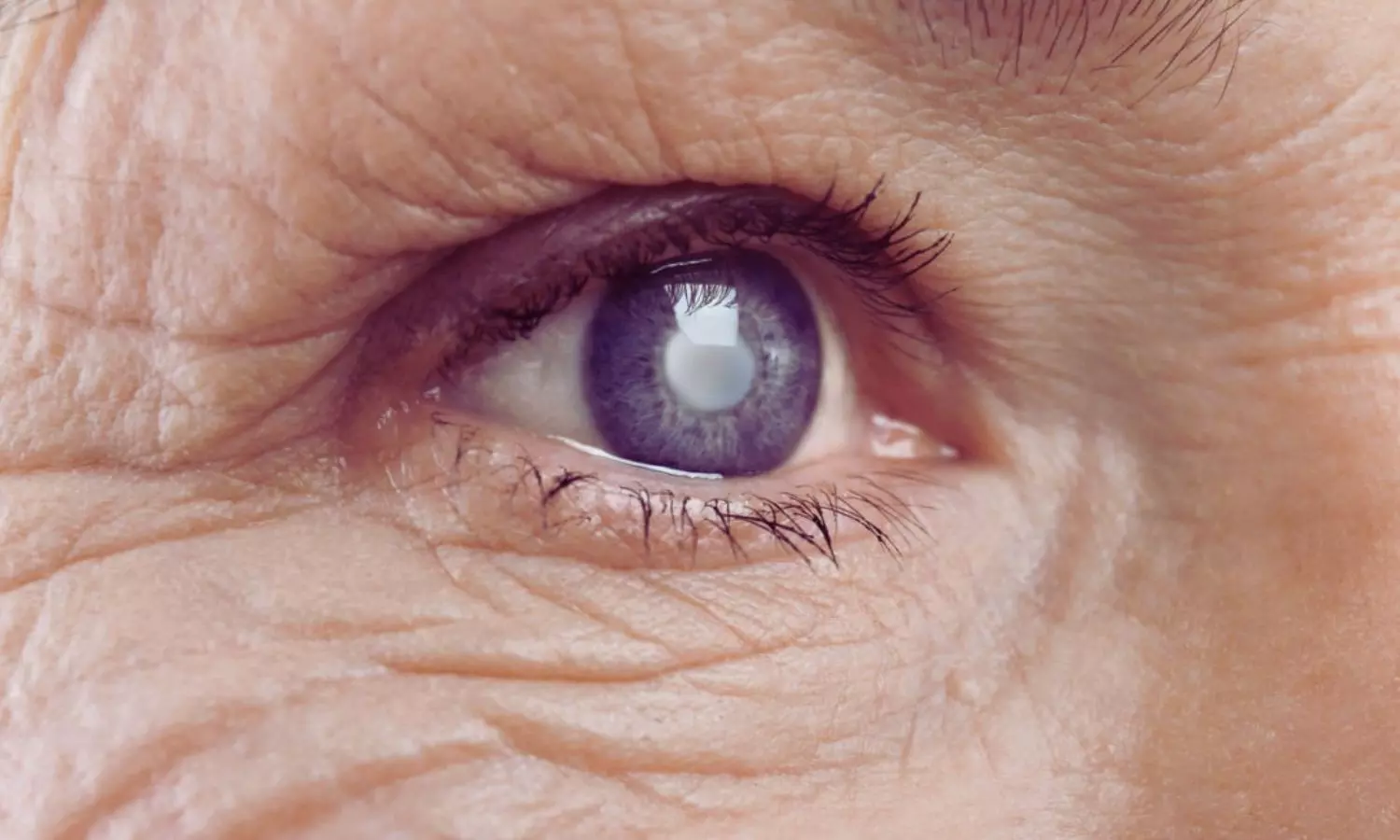Tears could open new avenue for diagnosing and monitoring eye and neurodegenerative diseases
- byDoctor News Daily Team
- 23 October, 2025
- 0 Comments
- 0 Mins

Researchers from the Germans Trias i Pujol Research Institute and Hospital have reviewed the current knowledge on the use of tear-derived extracellular vesicles as a source of biomarkers for both ocular andneurodegenerative diseases. In their work, published in Extracellular Vesicles and Circulating Nucleic Acids, they highlight the advantages of this approach compared with more invasive methods and discuss the remaining challenges for its clinical application. Ocular fluids provide a window into the health of the eye and the development of various pathologies. However, their study usually involves invasive techniques. "A wide range ofeye diseasesare being investigated, but the methods for obtaining aqueous humour and vitreous humour, the fluids inside the eye, are highly invasive, which limits their applicability in routine clinical practice", explains Marta San Roque, PhD student in the Innovation in Vesicles and Cells for Application in Therapy (IVECAT) Group at the Germans Trias i Pujol Research Institute (IGTP). For this reason, less invasive methods would be ideal. In this regard, tears are emerging as a promising alternative, although it is still necessary to determine whether this fluid can provide sufficient information. Several studies are seeking to answer this question by analysing the potential of tiny particles released by cells, known as extracellular vesicles (EVs), as possible biomarkers. The IVECAT group at IGTP is an expert in studying EVs and their potential role as biomarkers, that is, biological indicators for detecting or monitoring disease progression. Recently, in collaboration with the Ophthalmology Department of the Germans Trias i Pujol University Hospital, the team published a review in Extracellular Vesicles and Circulating Nucleic Acids summarising more than one hundred studies on EVs and their use as a source of biomarkers in tears. The reviewed studies point to several advantages: EVs protect the molecular information contained inside them -proteins, nucleic acids and lipids- and, in the case of tears, their collection is minimally invasive, making them a particularly attractive option for this type of analysis. But the interest goes beyond the eye itself. "Tears provide highly valuable information not only about the ocular surface, but also about all the structures of the eye. Moreover, since EVs can cross the blood-brain and blood-retinal barriers, their contents may also reflect processes related to neurodegenerative diseases", says Marta San Roque, first author of the study. The researchers also emphasise the current challenges in the field, such as the lack of standardisation in sample collection and storage methods. In this regard, they propose adopting standardised pre-analytical codes and following the international guidelines of the International Society for Extracellular Vesicles (ISEV) to ensure greater reproducibility. "I see a field with great potential, but one that is still developing. Research on EVs as biomarkers is booming, but when it comes specifically to tear-derived EVs, there are still few studies", concludes San Roque. "This review represents an important first step towards further progress in the field of biomarkers, particularly for the early detection and improved treatment of ocular and neurodegenerative diseases". Marta Sanroque-Muñoz, Sergio G. Garcia ,Francesc E. Borràs, Tear-derived extracellular vesicles as diagnostic biomarkers for ocular and neurodegenerative diseases: opportunities and challenges, Extracellular Vesicles and Circulating Nucleic Acids, DOI:10.20517/evcna.2025.72
Disclaimer: This website is designed for healthcare professionals and serves solely for informational purposes.
The content provided should not be interpreted as medical advice, diagnosis, treatment recommendations, prescriptions, or endorsements of specific medical practices. It is not a replacement for professional medical consultation or the expertise of a licensed healthcare provider.
Given the ever-evolving nature of medical science, we strive to keep our information accurate and up to date. However, we do not guarantee the completeness or accuracy of the content.
If you come across any inconsistencies, please reach out to us at
admin@doctornewsdaily.com.
We do not support or endorse medical opinions, treatments, or recommendations that contradict the advice of qualified healthcare professionals.
By using this website, you agree to our
Terms of Use,
Privacy Policy, and
Advertisement Policy.
For further details, please review our
Full Disclaimer.
Recent News
Health Ministry Proposes Barcoding Rule for All Va...
- 23 October, 2025
Boehringer Ingelheim Jascayd gets nod in China for...
- 23 October, 2025
Mizoram reports 121 multidrug-resistant TB Deaths...
- 23 October, 2025
GSK Shingrix new prefilled syringe presentation ge...
- 23 October, 2025
Daily Newsletter
Get all the top stories from Blogs to keep track.


0 Comments
Post a comment
No comments yet. Be the first to comment!